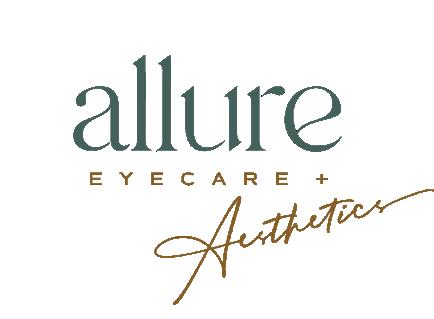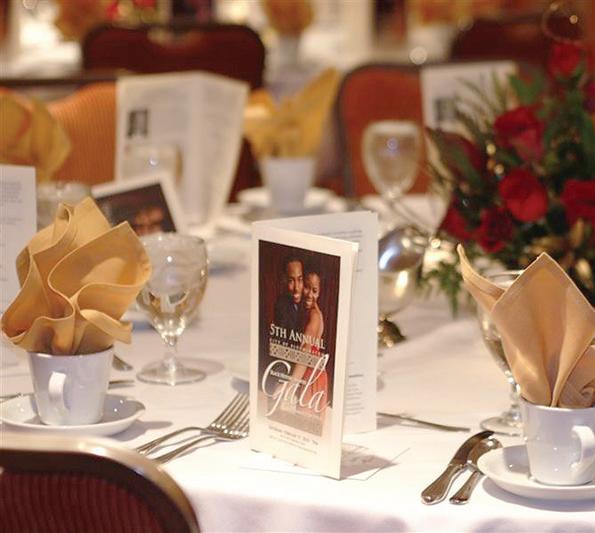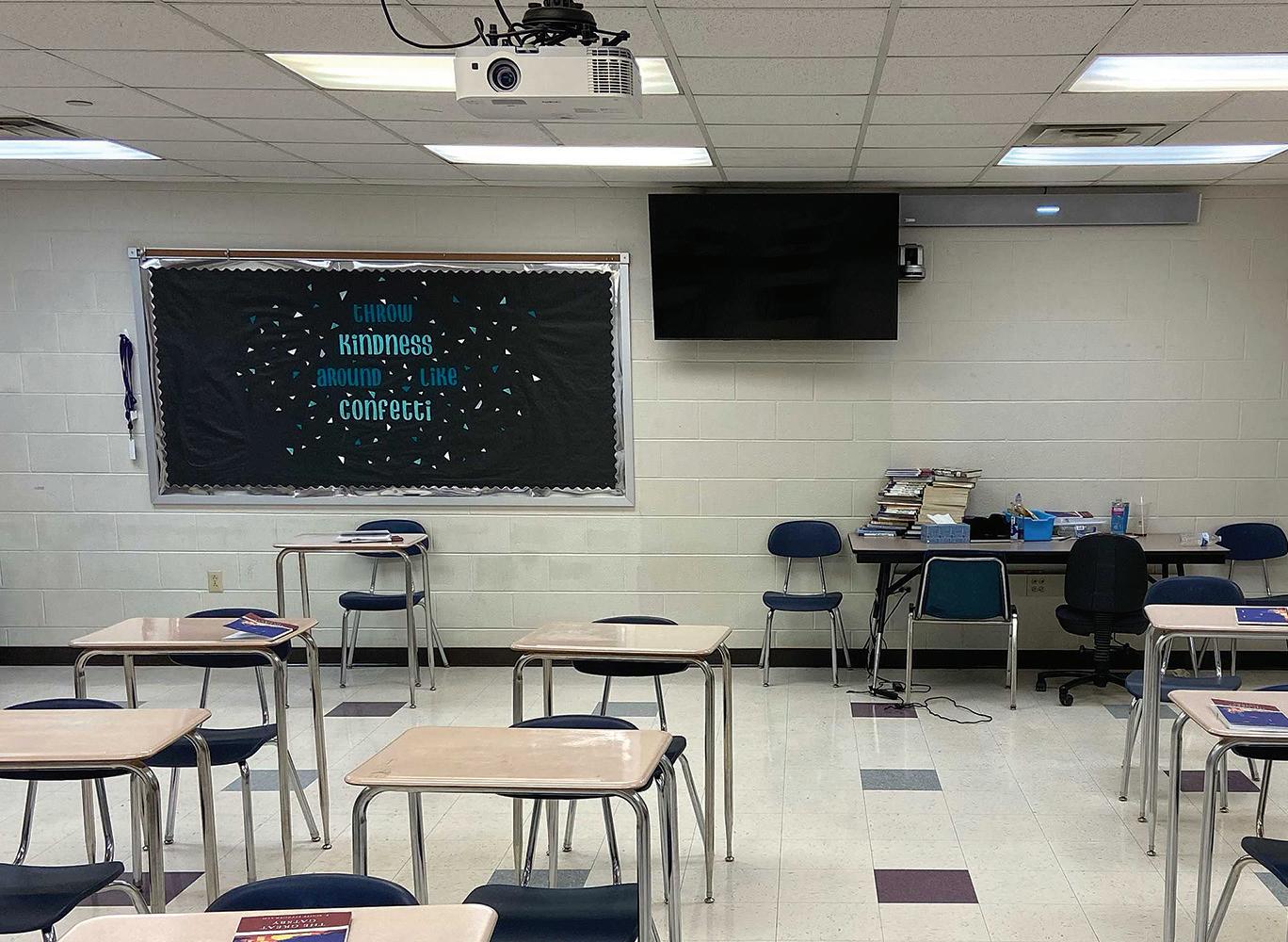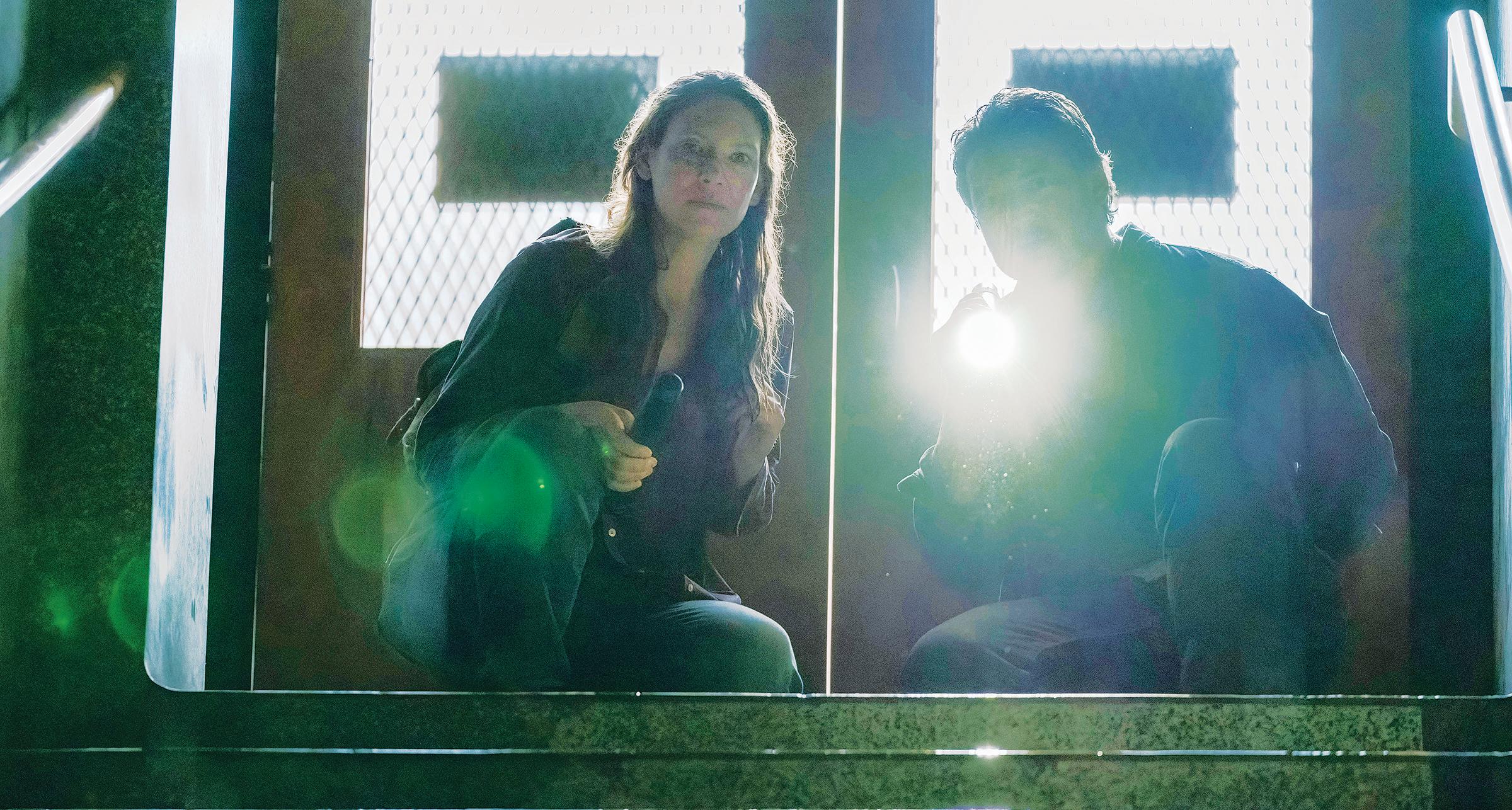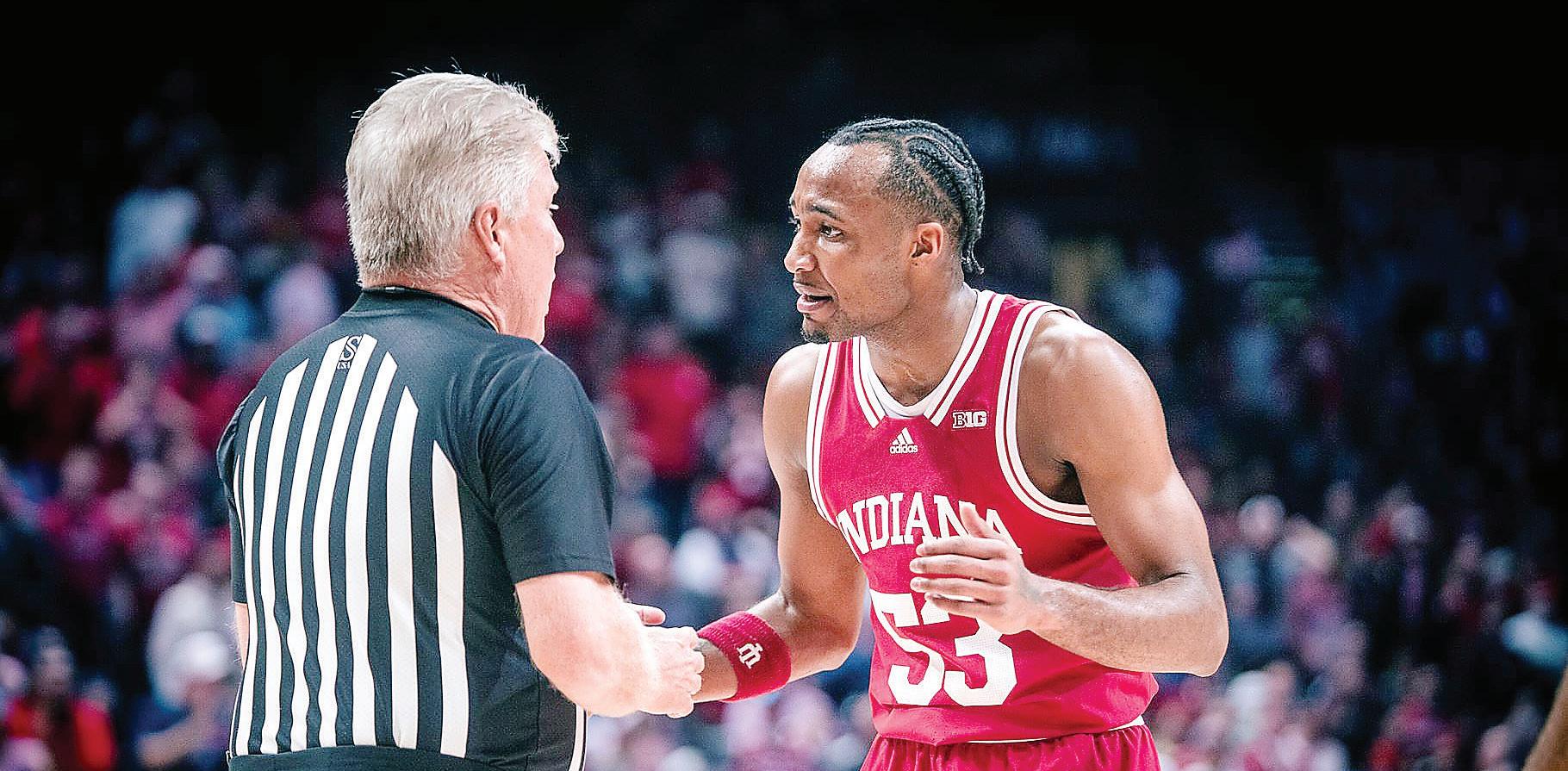
8 minute read
The devastating impact of car-dependent infrastructure
Danny William (they/them) is a freshman studying media. They admit their bias in this article with the confession that they really, really dislike driving.
The world is now built for cars. You can see it across the country — what were once condensed cities have ballooned into exponentially larger expanses of suburbs and strip malls. Acres of land are transformed into hostile gray parking lots, all for the unrelenting dominance of the automobile.
Advertisement
Admittedly, cars are extremely convenient. They allow us to travel efficiently and on our own time. However, our dependence on cars is a devastating trend. In the pursuit of the perfect world for the car, we have made an imperfect one for ourselves.
Large roads are detrimental to the planet. Roads and large numbers of cars pollute the environment and harm animals who live nearby. Along with this, noise and light pollution negatively impact humans and wildlife alike.
Furthermore, cars are physically dangerous to the people who operate them. In 2020, there were 13.2 vehicle deaths per 100,000 people in Indiana.
Sure, it’s a passé platitude; we’ve all seen the horrific crash videos that they show us in driver’s ed. But it’s seriously odd that everyone is expected to accept that the vehicle we drive daily can cause our un- timely demise at any moment.
Surely the solution to this is simply to encourage public transportation usage. But that’s if you even have access to it.
Forty-five percent of Americans have no access to transit. Anecdotally, growing up in a rural area displayed this lack of public transportation to me. Going into town? Drive. Hanging out at the mall? Drive. Buying groceries? Drive, drive, drive.
Formerly, more people commuted to work using publicly available transportation. In 1970, 9% of workers commuted. In 2021, it was just 5%.
The growth of the American suburb has pushed more people into the outskirts of the city and away from what transportation is left. More people now drive to work. This creates a greater need for large roads to facilitate these drivers. Where these roads are placed is not an exact science. Their construction is advanced by humans, who are subject to the same biases that all humans face. And this means that roads can be used as a political tool to harm marginalized communities.
Historically, roads have been used to create racial boundaries. As the interstate highway system grew in the 1950s, highways were often strategically built to crush communities of color. We can even see this here in Indiana, where residents of Indianapolis’s historically Black Indiana
Avenue were pushed out by the construction of I-65 and I-70. Along with this, car-centric areas are just ugly. Walking down to the College Mall in Bloomington one day, I was struck with how much natural beauty faded as I left campus. I was suddenly surrounded by antagonistic, dull asphalt and multitudes of cars screaming past me at 40 miles per hour. It seemed like the whole area was built to encourage me to leave as soon as possible.
How can we solve these issues? Simple: focus on the people.
Emphasizing the pedestrian over the car allows for a better city environment for everyone. Cities and towns across the globe, including dw85@iu.edu
Bloomington, have started implementing pedestrianonly streets to great success. Introducing more pedestrianfocused spaces increases economic wealth, happiness and access to transportation.
As author Edward Abbey says somewhat sarcastically in his book “The Monkey Wrench Gang,” “The engineer’s dream is a model of perfect sphericity, the planet Earth with all irregularities removed, highways merely painted on a surface smooth as glass.” If steps against our car-dominant society aren’t taken soon, “just one more lane” will soon turn into a fully paved world, just as Abbey states.
Lens Column
Growing pains: eating ice cream in winter
Audrey Vonderahe (she/her) is a sophomore studying journalism and criminal justice.
A week ago, I was asked to share a “hot take” that I stand by. An unsavory opinion I hold dear to my heart. "I still like eating ice cream in the winter,” I said. It was vulnerable, but safe enough to get some nods of agreement, I thought.
ILLUSTRATION BY JULIETTE ALBERT
Beyond the Amazon storefront: the harmful effects of overconsumption
Leila Faraday (she/her) is a freshman studying policy analysis.
Darcy McQueeny, a 21-year-old social media influencer and college student, stands next to a pile of mazon packages taller than her in a video posted last Friday titled “Massive Amazon Haul.” She boasts 1.2 million followers on TikTok as of Jan. 30.
“Everything can be found in my Amazon storefront in the recently bought list,” she explains in her video before opening the packages, which include products ranging from four different kinds of shaped ice cube trays to a makeup brush set.
“Haul” videos like this and young, female lifestyle and beauty influencers like McQueeny are common on TikTok and have dedicated audiences of similar demographics. Popular creators often have affiliate links, like an Amazon storefront, in their account bio.
Amazon, which generated $469.82 billion in revenue in 2021, created the storefront as part of their Amazon influencer program. The program allows social media creators with a significant following to advertise products across their accounts and direct followers to purchase said products on their Amazon storefront. When people buy from an influencer’s storefront, the influencer makes a commission. McQueeny’s page has categories such as “College Necessities” with 147 items listed and “Recently Bought” which has over 150 items listed.
It is not surprising to see this rise in companies using influencer marketing to advertise their products toward primarily young women, given that women have been shown to make between 70% and 80% of all consumer purchasing decisions, according to Forbes.
While consumption has undoubtedly been a central component of many Americans' lives since the Industrial Revolution, the age of social media, especially TikTok, is giving way to an unprecedented level. Influencers like McQueeny post hauls and “Get ready with me” videos, usually showing off the products they are buying or being sent through company PR. On McQueeny’s haul video, most commenters are supportive and relate to her about the products she shows that they also bought or want to buy.
According to the Wall Street Journal in 2019, Americans were purchasing five times more clothing per person than they did 40 years ago. Additionally, Americans purchase environmentally harmful things like flights and factory-farmed red meat at higher levels than those in other countries. The push to overconsume clothing, cosmetics, and household items that these influencers promote is exacerbating the devastating effects of climate change.
It cannot be ignored that the impacts of climate change and overconsumption, largely driven by wealthy countries like the U.S., tend to be felt the most by those living in historically exploited, less developed countries. Even within the U.S., it is those who are a part of the poorest communities who are most hurt by overconsumption habits. It is not globally sustainable for us to be consuming at such high levels.
Beyond the environmental impact of overconsumption is the increasing pressure it drives for young women living in a patriarchal, capitalistic society to achieve perfection.
According to a 2016 Girls’ Attitudes study done in the UK, 61% of girls between the ages of 11 and 21 said they felt the need to be perfect, and 80% felt their looks were the most important thing about them. These feelings and vulnerabilities make young women and girls the perfect targets for aggressive marketing and advertising.
Preying on many women’s desires to be more beautiful, more feminine and simply more perfect, many companies advertise products for “problems” they created, usually pertaining to existing in one’s natural state. Take the fact that some girls are now shaving their faces with specialized facial razors to remove peach fuzz or the wide array of heavily scented intimate washes, lotions, perfumes and even period products available at your local drugstore. There seems to be no limit to how many products companies will push using the idea that women could always be doing more to improve their beauty and desirability. lfaraday@iu.edu
As shown by the Amazon influencer program and other PR initiatives by brands, where they pay influencers to advertise, promote or even just display their products in social media pictures and videos, influencer marketing is expanding rapidly.

While this worrying trend of overconsumption being promoted through social media is certainly the fault of large corporations and the capitalistic pursuit of profit, those with consumption power, especially young women and girls, should be critical and thoughtful about which companies they support and which products they truly need to consume.
My hot take about the cold treat was met with mixed reviews. Some mild agreement, some passionate objections. The other side contested that it’s too cold outside in winter months to enjoy ice cream. But the sole purpose of ice cream lies beyond its mere temperature and its capability to cure summer malaise.
It’s not just the temperature. It’s the flavor of the scoop that perches mightily atop a cone, or a bowl, and with some sprinkles if you’d like. Gummy worms and hot fudge have medicinal properties. Ice cream is sweet and it’s refreshing and I like it even when it’s cold outside. That must count for something. Doing what you like, doing what brings you joy, though it’s unpopular or out of season — it all must count for something.
It’s easy to become lost and feel flattened after a singular social media scroll. To begin to almost revere influencers and the products they endorse. To believe there is no other way to look or feel good than to buy that shirt. To listen to that music. To vacation in that spot. To get that cosmetic work done. To possess all the best things just like everyone else. Individuality is fighting a battle in 2023. But it hasn’t lost. It’s not going down without a fight.
I see it fighting every day when I walk to class. In the sea of walkers, I see the occasional roller-skater.
Amidst the uniformly black umbrellas, there’s one per block covered in stripes or polka dots. Waiting in lines on Friday night, there are cool shoes I’ve never seen before, gasping for life among the Air Force 1s. It makes me smile.
It makes me smile to see people do what they like, what brings unabashed and loud joyfulness. I walk. I own a black umbrella. I wear Air Force 1s. I like all those things. But I try hard not to deploy them for conformity, for fear of rocking the boat. We all conform, but we have moments where our internal voice urges us to rebel in our own little ways. Maybe we should heed the voice.
Two days post-“hot take” roundtable, I went to dinner for my friend’s birthday, and we decided to cap the night with Hartzell’s ice cream. It was 24 degrees and windy. We forged on. I ordered cookie dough with sprinkles. A perfectly curated combination of vanilla and chocolate flavors plus the unrivaled joy of rainbow sprinkles. Something about them makes me feel like a kid again — in a good way.
As we sat huddled together at a table for warmth, we shoveled spoonfuls of cold into our mouths — gladly and willingly. We laughed and talked too loudly. The vanilla melted and the cookie dough chunks surfaced through the soupy mess of pink and green and blue color-bled sprinkles. It was still good. We shivered, but the sweetness prevailed.
We felt like little kids. In a good way.
We are human after all. We’re good and bad, collective and individual, influenced and unique. We can be all these things at different times of the day, or all at once. But when we’ve chosen our own way, the joy shows: in the roller skates, in the polka dot umbrellas, in the cool shoes and in the ice cream.
There are always people who want to take their own path. If they’re your people, they’ll want to do it alongside you. Stick to yourself. But love the brave ones you can huddle around a winter fire with, eating ice cream as it melts. abvonder@iu.edu

